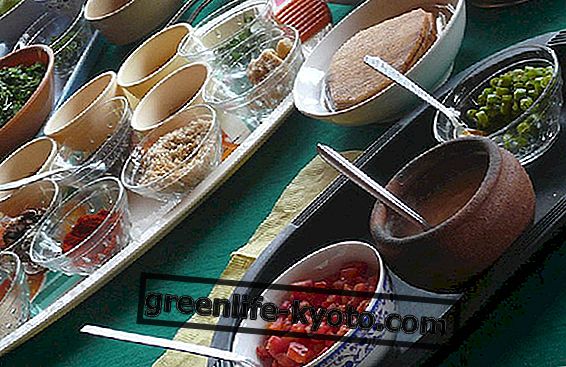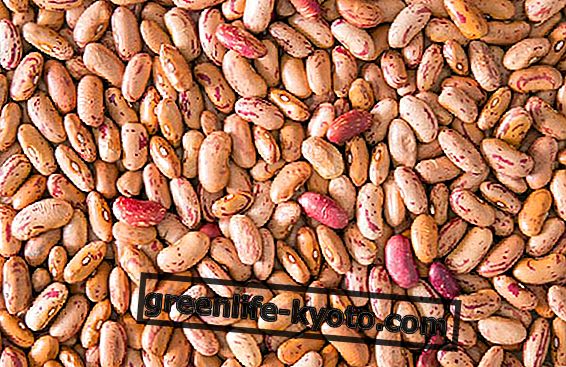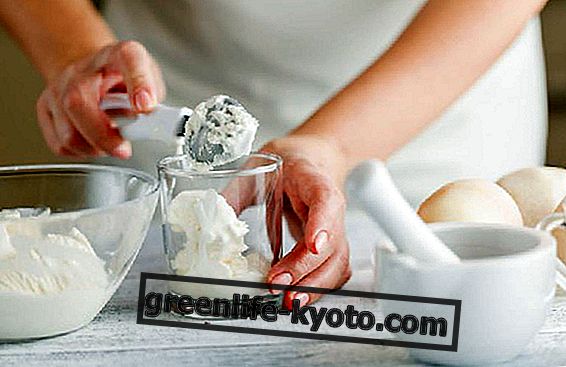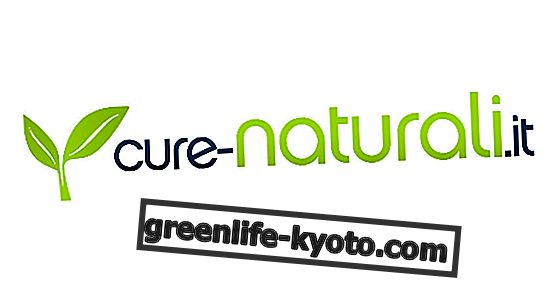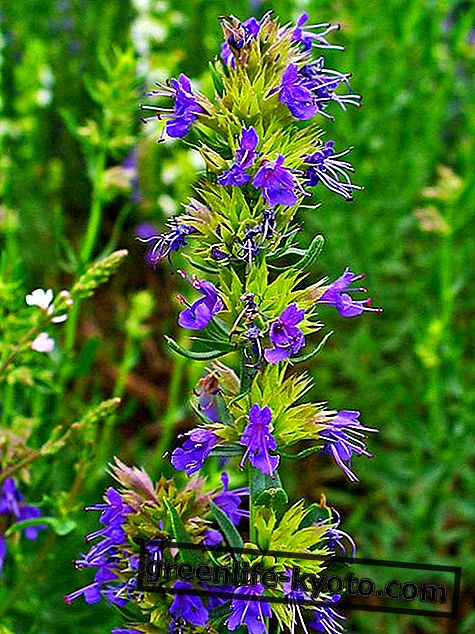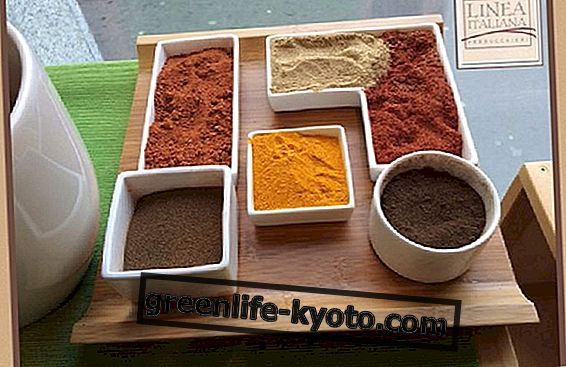
Few people know that, in addition to Lawsonia Inermis, there are always other pigments extracted from plants, which are used to color fabrics, wool, silk, cotton, with which they produce rather refined and precious colors (partly replaced by synthetic colors) .
Fortunately, however, traditions have kept alive this custom that today is used in various sectors, such as textiles, for coloring leather, for coloring foods.
What I'm interested in is the progress made with plant pigments to color hair.
Even today in Western countries we talk a lot about henna: in fact it is an important powder in hair coloring, but the time has come to expand the knowledge of the plant pigments we have available.
Some of these possess a great coloring power, others less so, but the mixtures or overlaps of these pigments allow us to color white hair with shades ranging from very light blond to red, brown and black.
There are techniques that few experienced professionals know, but it is essential that in the future a substantial work be carried out to allow all professionals to use at least in part these colors.
I committed myself personally to the realization of this project; the reasons are now known, the plant pigments we use are 100% certified natural vegetable powders, they do not contain paraphenylendiamine, peg, parabens, oxygen, ammonia, substances present in traditional colors that are absorbed by the skin and can cause allergies and irritations; a probable carcinogenic responsibility is also claimed.
Through the scales they penetrate to the marrow of the hair, they modify the color unfortunately damaging the structure, causing damage to the hair and the organism.
On the other hand the vegetable powders are mixed with hot water, they color only white hair, coating them with an external film, reinforcing the hair instead of damaging it, also benefiting the skin.
How to use synthetic coloring is known to all, both at a professional level and in large-scale distribution.
Vegetable colors are undoubtedly less simple to use, as are natural substances and I have come to the conclusion that perhaps we simply prefer not to struggle to learn new techniques .
One thing that surprised me during my research is how competent individuals are compared to professionals .
Initially, this discovery amazed and destabilized me, then when I reflected, everything seemed clear: the need for people to be treated with plant products is greater than the offer that professionals can offer, forcing those interested to browse the various blogs, forums, exchanging information and experiences in the hope of achieving satisfactory results with DIY. In reality it is rare that the desired results are achieved.
For some years I have been dealing with these colors and I understand the difficulties encountered by those who improvise. It is surprising how many customers, even from a distance, come to me for plant coloring and they confide to me that my colleagues, to whom they relied, deliberately declared that there are no vegetable colors or worse, they passed off as synthetic vegetable products.
I hope that the market demand will help to change this situation, since every professional must be able to offer his customers vegetable coloring .
